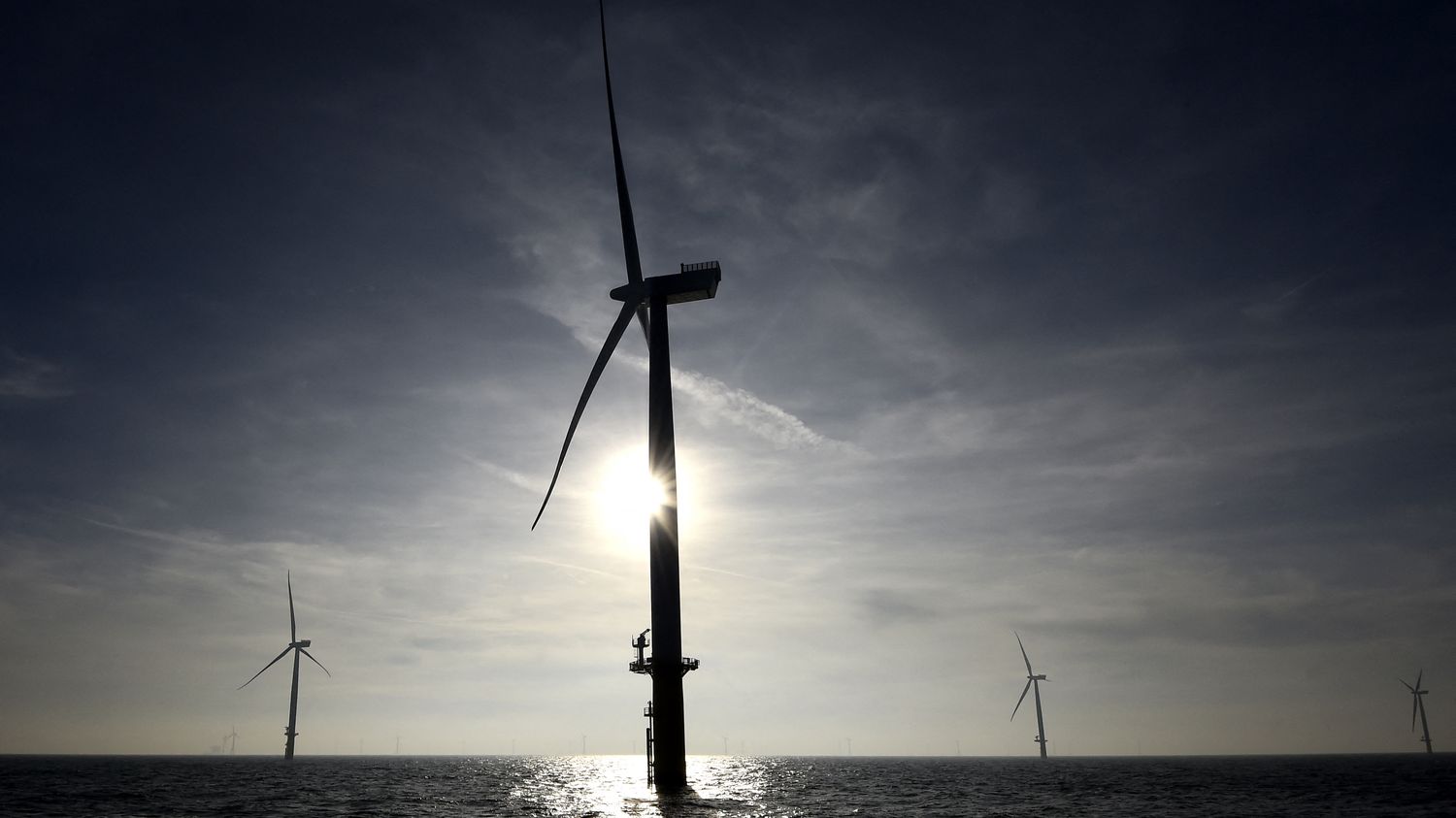The challenge of this North Sea summit on Monday is twofold: to increase the share of renewable energies and to cut energy dependence with Russia.
Emmanuel Macron participates, Monday, April 24, in the summit of the North Sea in Belgium. Also present are the leaders of six other countries of the European Union (Germany, the Netherlands, Belgium, Ireland, Denmark and Luxembourg), as well as those of Norway and the United Kingdom. The objective is to seal a common ambition: to increase tenfold the number of wind turbines in the North Sea to make it the “green power plant” of Europe, a colossal industrial challenge.
What is at stake is both the energy transition and the continent’s energy independence. The objective is to kill two birds with one stone. On the one hand increase the share of renewables in European electricity production to meet the challenges of global warming and on the other hand get out of energy dependence on Russia, at war with Ukraine for more than a year. The North Sea appears to be the ideal place for this. Its southern half is indeed shallow, only 50 meters, which allows the installation of wind turbines on the seabed. And it is swept by a lot of fairly regular winds, which promises better electricity production. It was in the North Sea that the first offshore wind farm was built in 1991.
France lagging behind
Today, the electricity production capacity there is 30 gigawatts. The Europeans want to multiply it by 10, by 2050. For now, France is rather at the bottom of the ranking. It has only one offshore wind farm in operation, off Saint-Nazaire, on the Atlantic coast. Its production capacity is half a gigawatt. France is therefore far behind the United Kingdom and its 14 gigawatts of offshore wind power or even Germany. However, France wants to reach a capacity of 40 gigawatts within 30 years. It already has about fifteen offshore wind turbine projects, fixed or floating, waiting to be commissioned.
But developing offshore wind turbines so quickly, is it possible? That’s the whole question. The European Union has undertaken to speed up the authorization procedures for the construction of infrastructure. Brussels also wants to ease regulations for green industries. But there is still a risk of having lengths. Already, funding must be found for these projects. Then, it takes hands and factories to build the wind turbines.
Increase production
Currently, the equivalent of seven gigawatts are built in the European Union each year. We would have to do three times as much with three times as many staff. Manufacturers of imported components will also have to keep pace. And that’s counting without the possible opposition of fishermen and defenders of biodiversity, as we saw recently in Normandy with the concerns of scallop fishermen. Finally, the last parameter to take into account: the development of offshore wind power will have to remain a priority for successive governments, until 2050.
